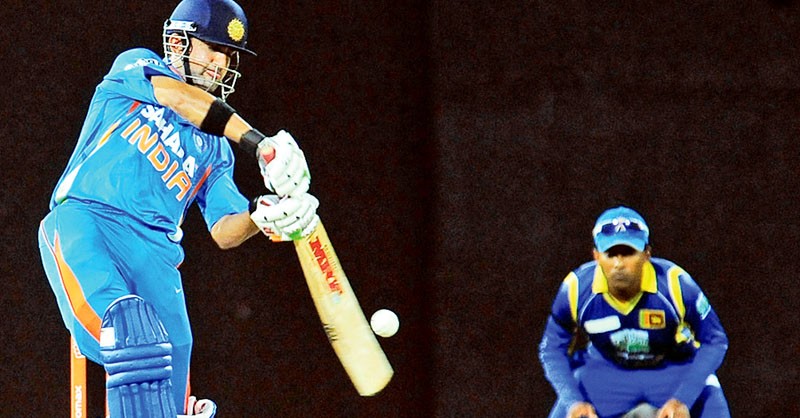
When it comes to scoring runs the Indians are the best in the world but only on placid wickets

Much is said in praise of the batting talent of India. The country has produced some of the highest run-getters in the world, in Test as well as limited-overs cricket. But here I set out to show that most of the celebrated Indian batsmen are flat-track bullies -- just that, nothing more. Most of them score heavily on the placid pitches of India, Pakistan, Sri Lanka, Bangladesh and the UAE. But as soon as they step on the pitches assisting pacers in Australia or England, all their greatness vanishes.
If they average over 40 on Asian wickets, it comes down to 30 or even less when they go abroad and face some experienced bowlers on bowler-friendly pitches.
Rohit Sharma is one of their star batsmen. He has got the "honour" of scoring two double centuries in One-day International cricket. But have a look at some facts.
The first two centuries of his ODI career came in Bulawayo against hosts Zimbabwe. His third (141 not out) came in Jaipur in front of home crowd. The fourth (209) was recorded in Bangalore, again with a cheering crowd. He scored his second double ton against Sri Lanka in Kolkata, again before a supporting crowd.
So the only centuries that he has scored abroad have been against the weakest team in the world.
Almost similar is the case of Suresh Raina, who has scored five centuries in 126 matches. His first two were against Hong Kong and Bangladesh, both scored in Karachi. The third came in Dhaka, against Sri Lanka.
The only century that he has scored outside the subcontinent was the hundred runs that he scored against England in Cardiff. And the bowling attack included such inexperienced players as Chris Woakes, Chris Jordan, Ben Stokes, Joe Root and James Tredwell. The only experienced bowler was James Anderson.
Yuvraj Singh has been one of the star batsmen for India since 2000. He has scored 13 centuries in 293 matches. Of these 13, only two have come against formidable foes outside the subcontinent: 139 against Australia in Sydney, and 131 against West Indies in Kingston, Jamaica.
Gautam Gambhir, who played 147 ODIs for India in ten years, managed just two centuries outside South Asia: 102 against Sri Lanka in Brisbane and 113 against Australia in Sydney.
Now consider the record of Virender Sehwag, who has played 251 ODIs. Of his 15 centuries, only four came outside South Asia: 108 versus New Zealand in Napier, 112 versus New Zealand at Auckland, 114 against Bermuda in Port of Spain (can this be really considered an international century?), 125 not out against New Zealand at Hamilton. So the only country outside Asia where he can be at his best is New Zealand. It should be noted here that New Zealand have never had a strong bowling attack in the last 14 years.
If we go back to the 1990s, we see Ajay Jadeja, who was a permanent part of the team for about nine years. In his 196 matches, he scored six centuries: four in India, one in Sri Lanka and only one outside Asia, against Australia at The Oval.
If we go back a little further, we find a more interesting player. In his 136-match ODI career, Navjot Singh Sidhu he managed six centuries: four in India, two in Sharjah. He never managed a three-figure score elsewhere!
Sachin Tendulkar, who is without doubt a great cricketer -- though no greater than Brian Lara, Steve Waugh or Inzamamul Haq -- scored only one century in the 47 ODIs that he played in Australia in his 24-year career.
Azharuddin played 32 matches in Australia, managed just four half centuries and no century.
Though he was talking mostly about Test cricket, VVS Laxman was absolutely right when he said during a lecture in Kolkata recently that performing well overseas should be India’s top priority. He correctly advised the chiefs of Indian cricket to identify centres across the country where they could replicate foreign conditions.